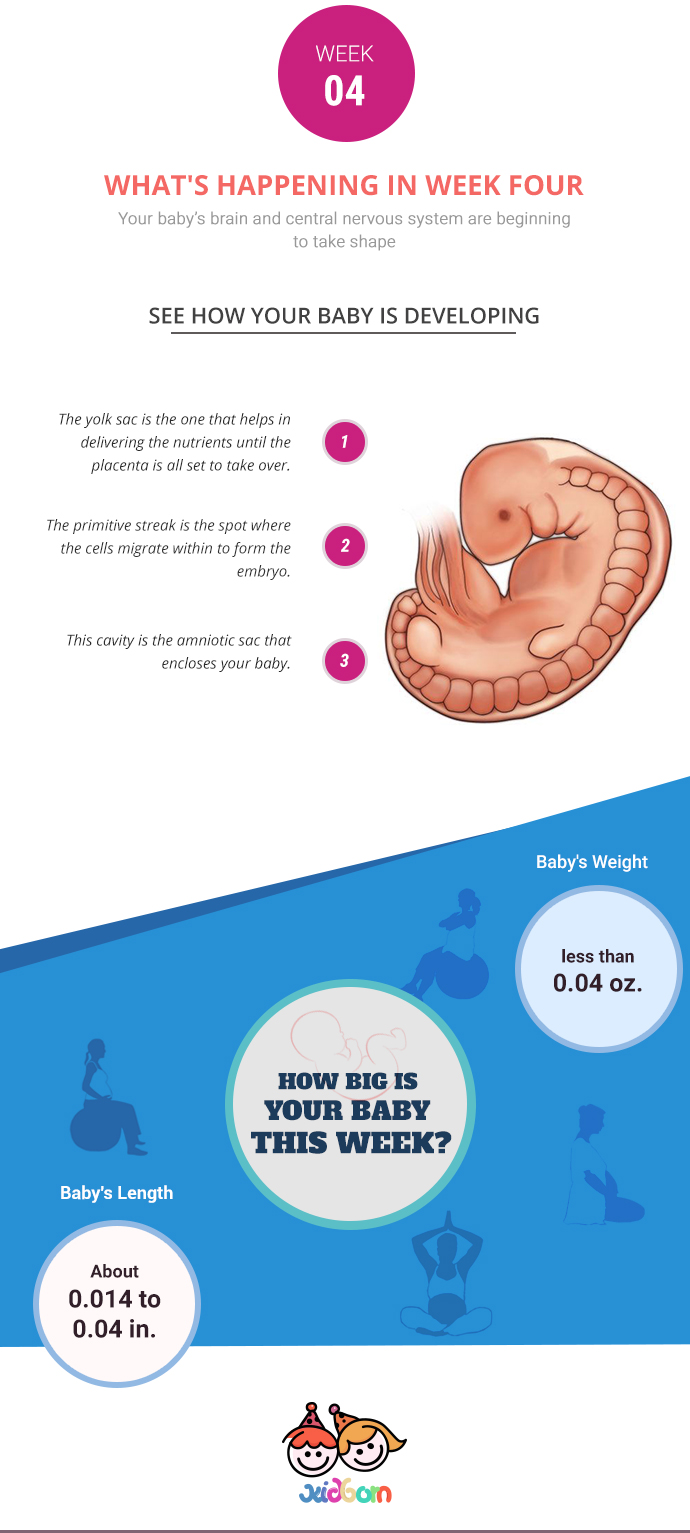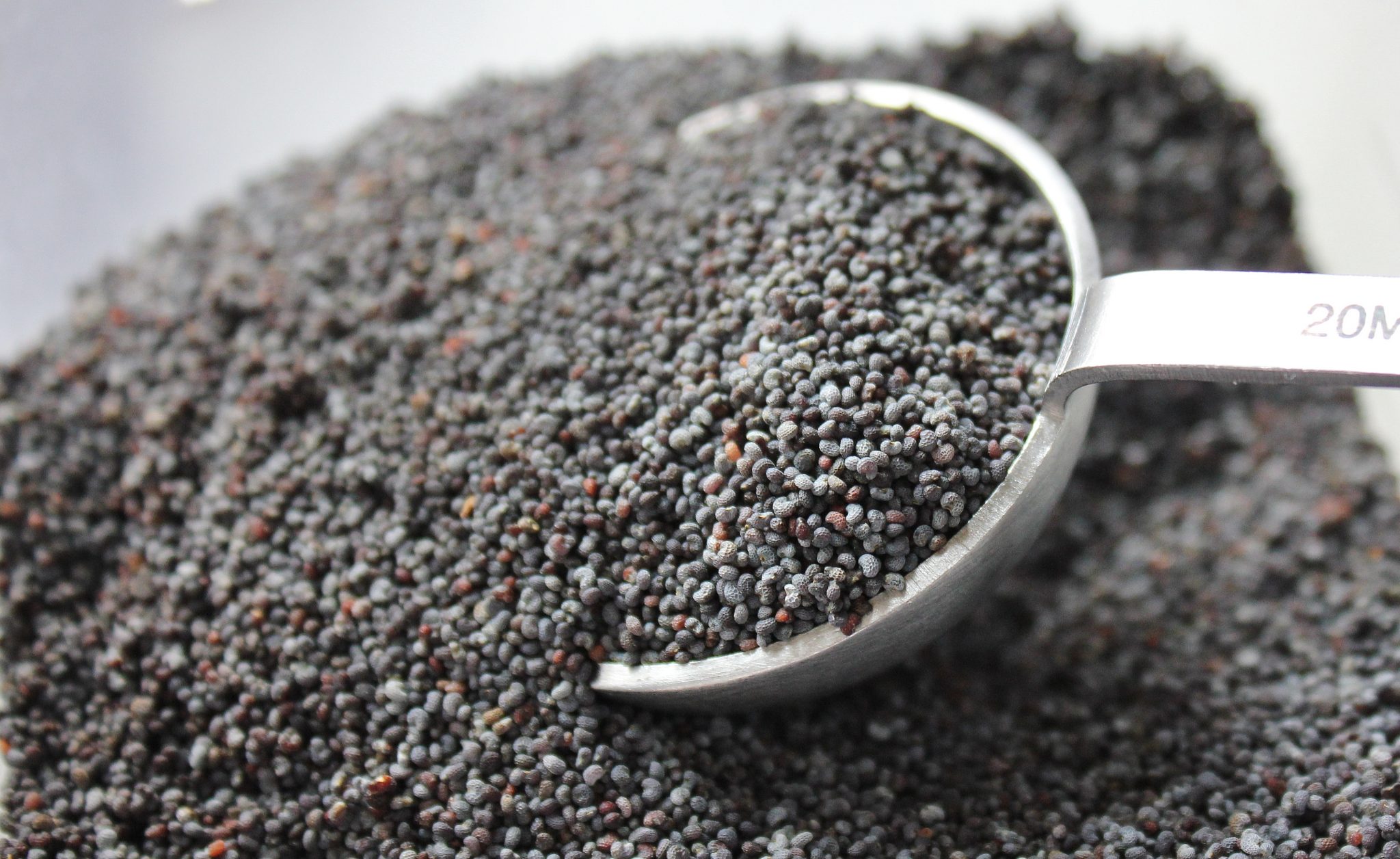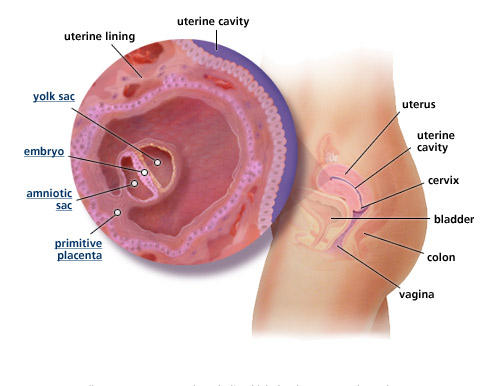
When you have begun with week four, the brain and central nervous system of your baby will start to take shape.
Your baby is growing. But it is not even 3m in length and is not as bigger than a poppy seed. Even though it is tiny in size, there are plenty of things going on as the embryo divides into three different sections.
In one of the sections, the brain and central nervous system has already started to take shape as their neural tubes grow. Similarly in the other two parts, the heart and circulatory system has already started to form, and the lungs and intestines are in the initial stages of development.

This week signifies the starting of the embryonic period. From now until ten weeks, all of your baby’s organs will start to develop, and some will even start to function. Consequently, this is the time when you will be most vulnerable to anything that might conflict with the baby’s development. As of now, your baby is an embryo, and it will be the size of that of a poppy seed, comprising of two layers known as the epiblast and the hypoblast, from which all of the organs and body parts will grow.
At this point, the primitive placenta is formed, and it consists of two layers. Its cells are burrowing into the wall of the uterus, thus making spaces for the blood to flow so that the generated placenta will be capable of storing nutrients and oxygen to your developing baby.
Again, at this stage, you can find amniotic sac, which will help in housing your baby and the amniotic fluid, which will cushion her as she develops. The yolk sac helps in producing the baby’s red blood cells and also aids in delivering nutrients to the baby till the placenta has grown and is set to take over this duty.
Your fertilised egg which is now known as a zygote is a ball which is made up of 32 cells that are about the size of a poppy seed. When it reaches this stage, the cells separate into three different layers from which the internal organs of your baby and skin develops.
Baby’s Length: around 0.014 to 0.04 inches.
Baby’s Weight: less than around 0.04 oz.

Amniotic sac: By the following week, this cavity will enclose the embryo and remain to house your baby throughout the pregnancy.
Embryo: All of your child’s body parts and organs will grow from the two layers of cells that now make up the embryo, which is called as the hypoblast and epiblast.
Primitive placenta: The cells of this primitive placenta are burrowing into the lining of the uterus, thus making spaces for blood to flow into and carry nutrients and oxygen to your baby later this week.
Yolk sac: The yolk sac generates your baby’s Red Blood Cells (RBC) and gives the nutrients until the placenta is all set to take over this duty.

You will be able to find out whether you are pregnant or not, sometime this week. If you want to get accurate results, then you may need to wait for some more days or perhaps till a week after you miss your period before you try on with a home pregnancy test.
If the test results turn out to be positive, then you can call your doctor or midwife’s office and then register your first prenatal appointment. Most of the healthcare providers won’t see you till you’re around eight weeks along, except when you have a medical condition, had difficulties with a previous pregnancy, or are possess signs that must be checked out.
If you’re having any kind of medications, prescription or over-the-counter, ask your doctor if it’s safe to keep having them. And be certain to alert your healthcare provider to any other matters of concern.
You must be already consuming a daily multivitamin or prenatal vitamin that comprises of around 400 micrograms (mcg) of folic acid. Some women require a higher dose of folic acid, so ask your doctor or midwife what she recommends.
The next six weeks are crucial for the baby’s development. The primary versions of the placenta and umbilical cord, which carry nourishment and oxygen to your baby, are already working. It is through the placenta that the baby gets the food and nutrition. And you should make sure that you follow a healthy diet so that you and your baby gets good nutritious food.
If your home pregnancy test turns out to be negative, maybe take another test at five weeks if you still did not get your period. Some of the urine tests are not sensitive enough to identify a pregnancy at four weeks.
If you’ve been attempting to conceive with no success for one year or perhaps even more, then it is always better to talk with your healthcare provider regarding a workup exam for you and your partner to find the possible fertility problems. While the results may be upsetting, getting to know the problem sooner, rather than later will make you started on the road to treatment and to your final goal of having a baby.
It is the most powerful creation to have life growing inside of you.There is no bigger gift